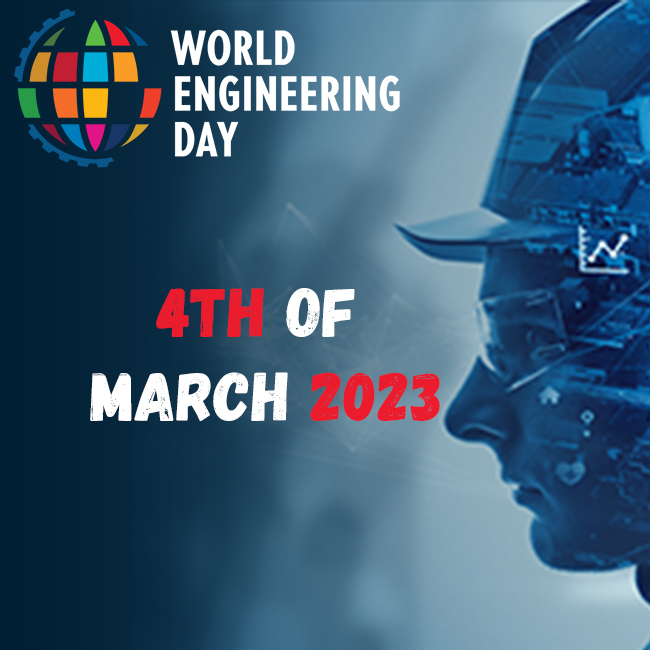
The Fourth Industrial Revolution has the potential to transform Africa’s economy, increase productivity, enhance competitiveness and achieve business growth. Historically, Africa has lagged behind other regions in employing the full potential of the previous industrial revolutions and this has limited its ability to become a truly competitive market. Compared to the rest of the world, the current adoption and impact of the Fourth Industrial Revolution on the continent remains low. Embracing the Fourth Industrial Revolution also requires investment in, inter alia, digital
transformation, artificial intelligence (AI), the internet of things (IoT), robotics and 3D printing. The biggest challenges in Africa remain inadequate infrastructure and skills, which hamper broad adoption of Fourth Industrial Revolution solutions by businesses and consumers. However, Africa has an advantage over developed markets: the continent is not impeded by outdated legacy infrastructure and may have little difficulty in embracing change. Can investment incentives motivate such change so that companies adopt Fourth Industrial Revolution applications
– developing unique, local, high-tech products and services
Africa’s Readiness for the 4th Industrial Revolution

The African continent can only harness the full benefits of the 4IR era, if the necessary parameters, instruments and regulations are put in place, on the national, regional and continental level. This will allow the continent as a whole, to:
- Capitalize on the opportunities offered by the future production of the digital era;
- Develop tools to mitigate future anticipated challenges; and
- Be swift to respond to disruptive, unexpected and unknown shocks.
According to a readiness assessment analysis conducted by the World Economic Forum, in collaboration with A.T. Kearney in 2018, countries that have a large and more complex structure of production are considered readier for the future. This is because they already have a structured production base on which they can build upon, which include: Technology and Innovation; Human Capital; Global Trade and Investment; Institutional Framework; Sustainable Resource; and Demand Environment. For the ‘six enablers’ identified, countries that perform well across the identified drivers of production are also considered ‘readier,’ in that, the mix of enablers allows for the adoption and infusion of technology to accelerate the transformation of production systems. Unfortunately, during this assessment, African countries fell in the category of Nascent countries, meaning that they lack the production capacity, as well as the key enablers of the production component required to increase their readiness for the 4IR. In this regard, it is important that African leaders, policy-makers and business leaders identify specific production structures and indicators lacking in their respective countries. This will help identify the areas of major concern, as well as provide a clearer indication of where they stand in terms of readiness, so as to develop strategic mitigating tools to address them
Future of Productivity: Harnessing 4IR to Achieve Agenda 2063

Productivity, as defined by Syverson (2010), is the efficiency with which inputs are turned into outputs. As highlighted by Leurent, De Boer and Diaz (2019), the arrival of the 4IR is expected to create up to 3.7 trillion in value to manufacturing firms across the globe, after a prolonged period of the manufacturing sector experiencing productivity stagnation. The digitalization of manufacturing will lead to a wide range of changes to the manufacturing processes, outcomes and business models, leading to significant benefits for users. As a result, production processes can be be decentralized in real time, doing away with centralization (Fraunhofer, 2014). Furthermore, technology holds incredible potential to transform sectors rapidly, to increase the productivity of systems while lowering emissions and waste. This allows sectors, the opportunity to monitor and manage the Earth’s surface and resources at a speed and scale, hitherto could not have dreamt of. Additionally, technology enables sectors to collect and harness vast amounts of data, and make breakthrough advances in areas like healthcare, agriculture, energy, education and mobility.
The emergence of the 4IR is transforming the world of production in every industry, from research and development to design, consumers’ behaviour and end-of-use cycles, enabling efficient process and creating new value for industry, society and the environment. This is changing business models, including the interlinked systems through which businesses create value for their customers, while capturing value for itself. For instance, Artificial Intelligence (AI) augmented computing can help doctors reduce medical mistakes, help farmers improve their yields, assist teachers customize and spread education, and also enable researchers develop advanced material generation for clean fuels. Nonetheless, African governments and businesses need to work together to ensure that technology is actively managed to align with the continent’s strategy on structural transformation to achieving Agenda 2063 and the SDGs. In a recent study by Microsoft and PwC UK (2019), using existing AI applications across agriculture, energy, transport and water could conservatively boost global GDP by 4% by 2030, while at the same time reducing global greenhouse gas emissions by 4%, thus helping advance the SDGs.
In the agriculture sector – artificial intelligence, robotics and synthetic biology are demonstrating great promise for improving crop productivity and resilience to optimize food distribution. Companies such as NRgene is using machine learning and genetic sequencing to identify and sequence optimal gene profiles based on crop performance, while Phytech is optimizing crop production with its “Plant Internet of Things” application, to send insights and warnings to farmers’ smartphones.
Health sector – Likewise, for the health sector, advances in technology, including block-chain and biotechnology can advance human medicine along with healthcare information and access to medical care. Strides have been made in AI systems for earlier and higher-performance diagnostics for disease detection, with AI-enabled wearable device detecting early signs of diseases.
For the energy sector, nearly 800 million people are without access to reliable and affordable electricity. However, advanced materials for solar panels and battery technology (specifically lithium-ion batteries), will pave the way for renewable energy mini-grids to become the cheapest solution to connect 290 million people to power (Microsoft and PwC UK, 2019), considering emerging technologies have huge potential to accelerate electrification, particularly in areas with fewer centralized network power grids, including Africa.
Additionally, the use of digital technology can transform government performance and boosts efficiency, transparency, responsiveness and service delivery. Though Africa is still lagging as compared to other countries with developed economies, there have been some progress in the digitalization of government (e-governance) to improve government effectiveness. Through the introduction of the UN e-government system, development index increased from 0.47 in 2014 to 0.54 in 2018, countries such as Seychelles, Kenya, Ethiopia, Morocco, Ghana, Rwanda, Mauritius, Tunisia and South Africa scored above the world average of 0.56% for online services. The uptake of these technologies by more African countries, would be a good step in the right direction.





